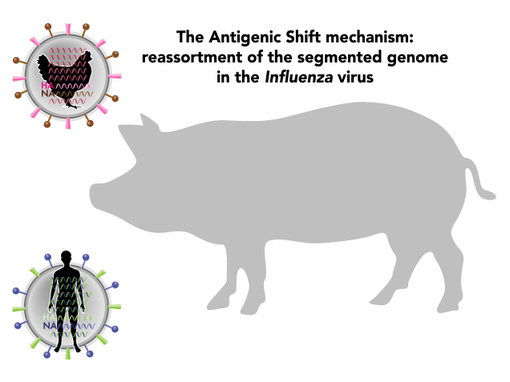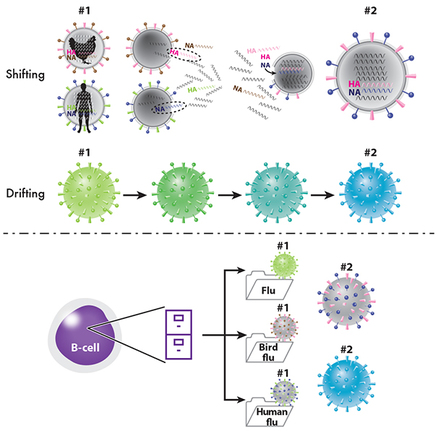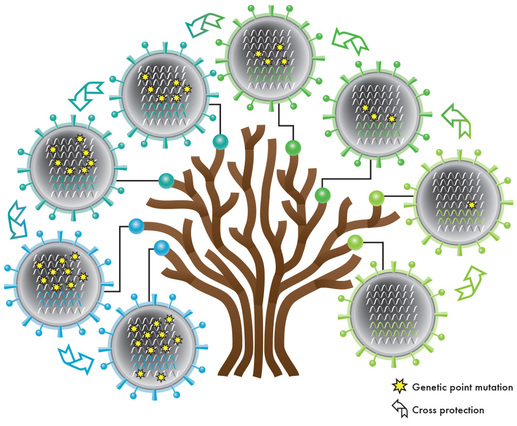This 45-sec. animation is a re-cap of the antigenic shift mechanism by which a brand new strain of influenza can be created. Please follow this link:
https://vimeo.com/166351749
Thanks very much, and all feedback is welcome!
https://vimeo.com/166351749
Thanks very much, and all feedback is welcome!




 RSS Feed
RSS Feed
